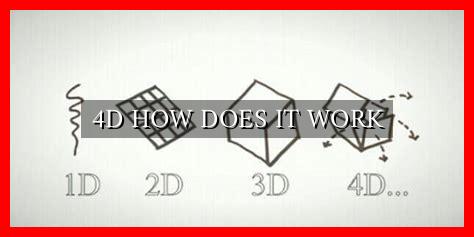-
Table of Contents
4D: How Does It Work?
4D technology has been making waves in the entertainment industry, offering audiences a truly immersive experience that goes beyond traditional 3D. But how exactly does 4D work? In this article, we will delve into the intricacies of 4D technology and explore the science behind its captivating effects.
Understanding 4D Technology
4D technology combines 3D visuals with physical effects such as motion, wind, scent, and even water sprays to create a multi-sensory experience for viewers. This integration of sensory stimuli enhances the overall viewing experience, making it more engaging and realistic.
Key Components of 4D Technology
- 3D Visuals: The foundation of 4D technology is 3D visuals, which create depth perception and enhance the sense of realism.
- Motion Seats: Specialized seats equipped with motion actuators move in sync with the on-screen action, providing a sense of movement to the viewer.
- Environmental Effects: These include wind, scent, water sprays, and even vibrations that are synchronized with the visuals to create a fully immersive experience.
How Does 4D Work?
4D technology relies on a combination of hardware and software to synchronize the various sensory effects with the on-screen action. Motion seats are controlled by a computer system that receives cues from the film or show being displayed. This system ensures that the motion and effects are perfectly timed to enhance the viewer’s experience.
Case Study: 4DX
One of the most popular 4D technologies is 4DX, developed by CJ 4DPLEX.
. 4DX theaters feature motion seats, environmental effects, and even lighting effects that are synchronized with the film being shown. This technology has been widely praised for its ability to immerse viewers in the action on screen.
The Future of 4D Technology
As technology continues to advance, we can expect to see even more innovative uses of 4D technology in various industries. From theme park rides to virtual reality experiences, the possibilities are endless when it comes to creating immersive and engaging content for audiences.
Statistics on 4D Technology
According to a report by Grand View Research, the global 4D technology market is expected to reach $314.17 billion by 2025, driven by the increasing demand for immersive entertainment experiences.
Conclusion
4D technology offers a unique and immersive viewing experience that engages multiple senses to create a truly captivating experience. By combining 3D visuals with motion seats and environmental effects, 4D technology pushes the boundaries of traditional entertainment and opens up new possibilities for storytelling and audience engagement.
As technology continues to evolve, we can expect to see even more exciting developments in the world of 4D entertainment, providing audiences with unforgettable experiences that blur the line between fiction and reality.





